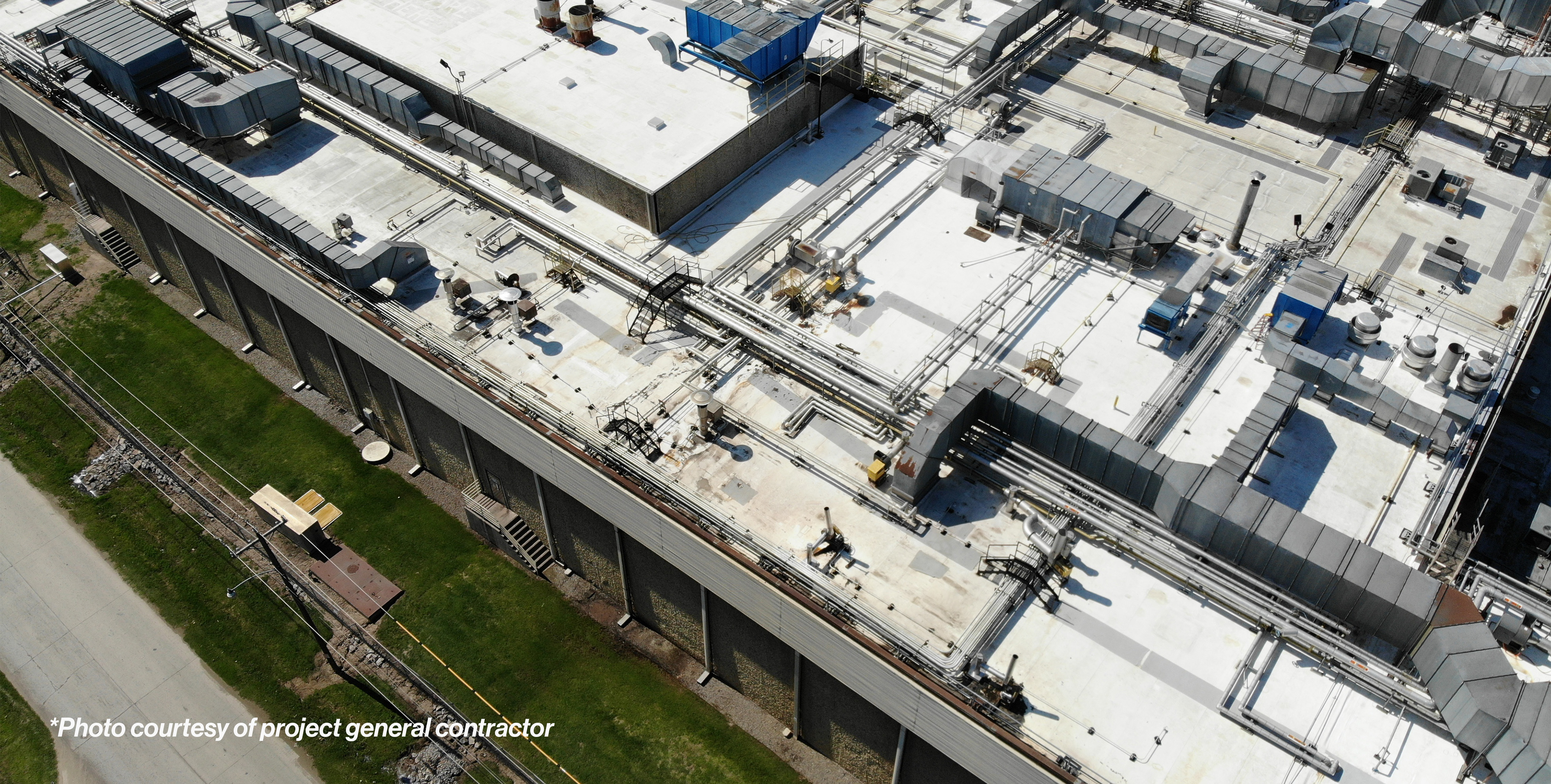In part one of this series, we discussed the importance of thorough and meticulous planning on the front end of a remodel project. In this article, we’ll discuss an equally important piece of the remodel puzzle: meticulous planning and transparent communication channels. Whether you manage a handful of sites or hundreds, changes are inevitable, and being able to navigate the complexities of such operational challenges often means having a robust change management system in place.
Let’s explore some best practices for overcoming those challenges—clear communication, leveraging appropriate technology, thorough checks and balances, and strong partnerships—in tandem with your A+E firm. By addressing key questions and level-setting expectations at the start, you can ensure seamless collaboration and successful project outcomes, regardless of scale or location.

Successfully Overcoming Operational Challenges
Whether you’ve got five or 500 sites in the queue, one thing is inevitable— change will come, no matter how hard you try to avoid it. Deciding on and sticking to a cohesive and easy-to-use change management system is an integral part of the process.
To get started, a couple of the questions that you need to ask in a project kickoff are:
- How do we manage change when we are working on multiple projects across the country?
- How do we ensure that those changes are transmitted in a timely manner and cohesively tracked so the entire team knows that updates are being conveyed across all sites?
- Is a change order going to be incurred for this update? If so, is the cost and potential timeline delay worth the update?
- Who on the client or developer’s side is authorized to mandate changes? Has that been made clear to all firms working on the project?
To handle these inevitable changes with as much grace and as little friction as possible means you must work with your A+E partner to narrow down a change management structure that works for all parties involved. In our experience, that has looked different throughout the years, from something as simple as emailed change initiatives that the A+E team reviews based on project schedule and implements, or a specific predetermined and vetted list from a client—to online portals like Smartsheet.
Often, defining a single source of information (where all project-related information is stored and tracked by all parties) ensures fewer miscommunications and provides all stakeholders with a single source of truth. Collaboration can be seamless, but it all depends on how you share visibility to important milestones like project goals, schedules, questions and answers from contractors in the field, and more.

Transparent Communication Structures
Building and maintaining a successful multi-site team allows you to meet and overcome operational challenges that often arise when you are looking at scaling to multiple locations at once.
Ultimately, projects are more likely to succeed when good communication between clients, the A+E team, and the GC exists. This means delivering a design that meets agreed upon expectations and staying within budget and timeline constraints. By ensuring everyone is on the same page before the GC’s bid closes will ensure bids are more accurate and result in less change orders. This thorough communication is crucial for the success of projects for several reasons:
- Allows an Understanding of Requirements and an Alignment of Expectations: Clear, concise communication helps the entire team understand your vision and goals. Specific expectations should be established at the project kickoff (including budget, timeline, and design outcomes). This understanding forms the foundation upon which the design and planning process is built. Once everyone is truly on the same page, you will find less room for misinterpretation or incorrect bidding.
- Encourages Problem Solving: Unless you live in a perfect world, projects can and will encounter unexpected challenges or changes. Strong communication facilitates quick problem-solving by enabling the A+E team to promptly discuss issues, explore alternative solutions, and make informed decisions together. Furthermore, establishing trust in your appointed team allows them a certain amount of autonomy to make decisions in the best interests of the project.
- Builds Trust: Trust is essential in any relationship. Effective communication builds trust by demonstrating transparency, responsiveness, and a commitment to understanding and fulfilling your goals. Plus, there may very well be times when you are unavailable to make calls on project-related work, so having trust in your team to make the right ones based on the foundational expectations defined at the beginning of a project allow them that autonomy, as well.
Collaborating for Success
Successfully navigating operational challenges in the A+E industry hinges on a comprehensive and adaptive approach. By establishing a cohesive change management system and prioritizing transparent and trust-filled communication, A+E teams can effectively manage multiple projects and sites. Remember, a project only remains on track and within budget when it exists in a collaborative, flexible scenario that accommodates the unique needs of each project.
For more information about our experience with remodel programming, please reach out to Bo Ebbrecht, Vice President, at bo.ebbrecht@hfa-ae.com or visit our website.
Thank you to Bo Ebbrecht (AIA, NCARB, RIBA), Brent Tweedy, Steven Baker (AIA, NCARB), Courtney Ayres (NCIDQ, RID), Shaun Black, and Kelly King for their contributions to this article.


.png)
.jpg)



.png)
.jpg)




